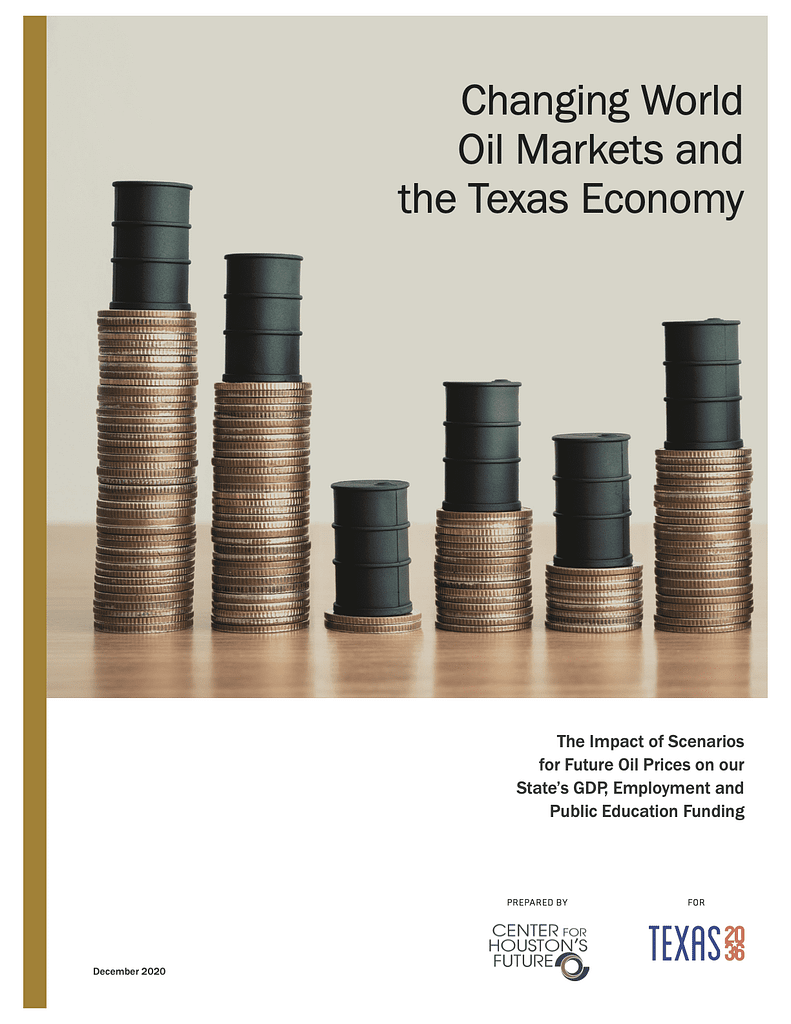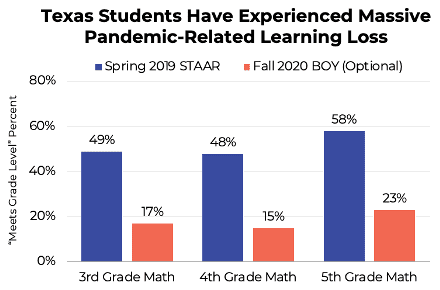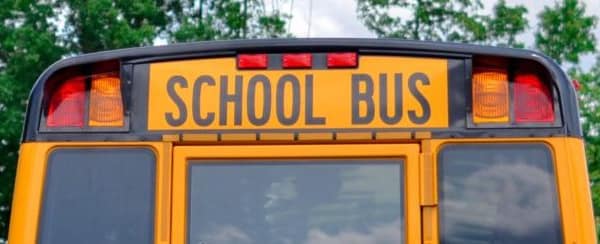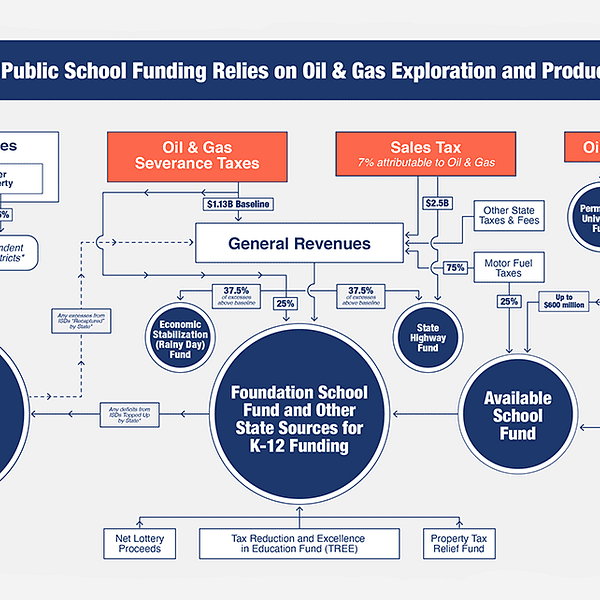Reliable infrastructure and responsible stewardship of natural resources form the backbone of the Texas economy.
Texas’ critical infrastructure includes the plants, pipelines and lines that provide water, data and electricity to our homes and businesses. The state’s population is projected to increase nearly 25% by 2036 to more than 38 million residents — a massive influx of people. Our state’s infrastructure capacity must adapt and expand in order to keep pace with this growth.
Texas’ energy production contributes billions to the Texas economy and supports millions of Texas jobs. Thanks to abundant energy resources, including proven oil and gas reserves and a vibrant energy workforce, Texas has cemented its role as the nation’s energy leader. Texas has the opportunity to build on this hard-won achievement to guide the nation in an energy expansion that generates more, and cleaner power to keep the economy running.
At the same time, Texas industries and municipalities face the risk of water shortages. Texas’ unmet water needs during a severe drought are projected to exceed 4.7 million acre-feet by 2030, which is about 27% of Texas’ total water usage in 2020. Not having enough water during a severe drought could cost Texas $128 billion(in 2018 dollars) in lost economic activity. In addition, growing water shortages will limit the viability of Texas agriculture, as major groundwater resources in some areas of the state are being depleted faster than they can be replenished.
A reliable, cost-effective electric infrastructure is also critical to power the economy and supply homes and businesses. Today, however, while Texas has low electricity rates, we also have high residential electricity bills due to usage ($169 per month on average).
Keeping housing affordable is another key to economic mobility, attracting families, workers and businesses from across the country, while enabling current Texans to remain as we grow. As population growth surges — driven by more than 1,500 new arrivals each day — housing supply must keep pace. Homeowners insurance premiums continue to rise, driven by increases in risk and replacement costs. Exploring how to make our overall housing stock more resilient to increased risks (and thus more affordable to insure) is key to ensuring that Texans – both new and old – can continue to live and work here.
Texas must be disaster-ready. Texas is prone to a wide range of natural disasters, including hurricanes, floods, wildfires, drought and severe storms. Disaster events threaten life, property, economic stability and natural resources. Therefore, Texas must also invest in crisis readiness to plan for increasingly likely natural disasters.
Texas’ open spaces and wildlife must also be preserved for future generations to enjoy. Outdoor recreation is also a vital economic engine. In 2020, activities related to parks and park visits produced about $32 billion in gross state product and supported 300,000 jobs across Texas.
















